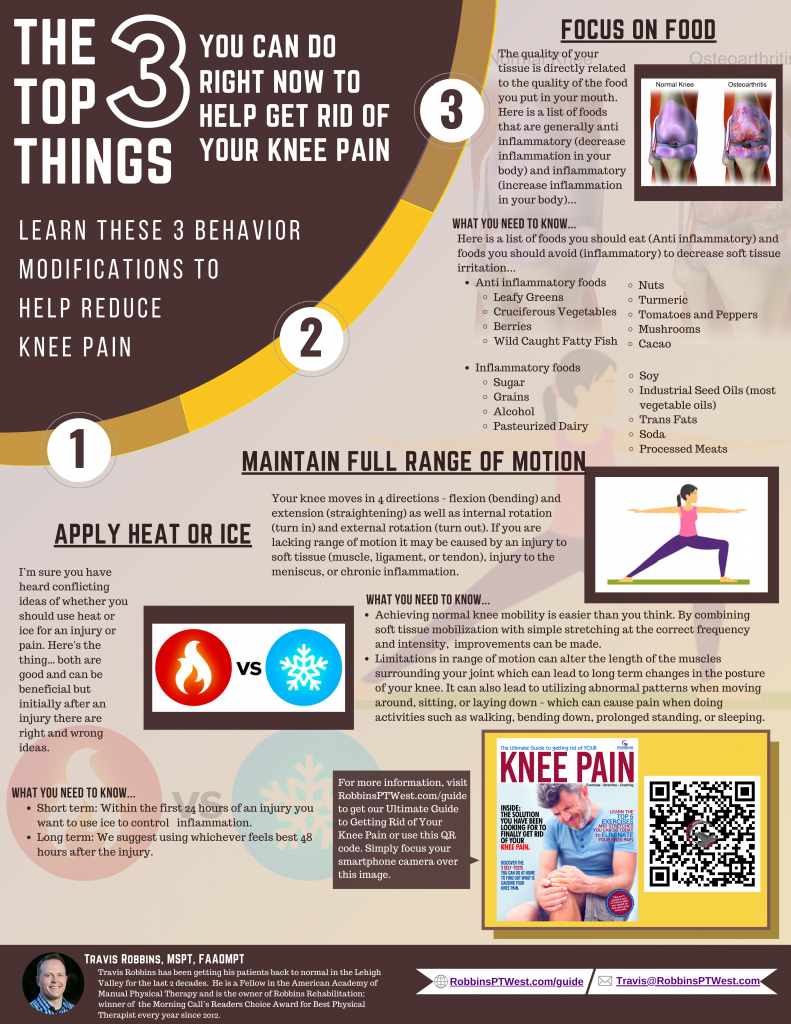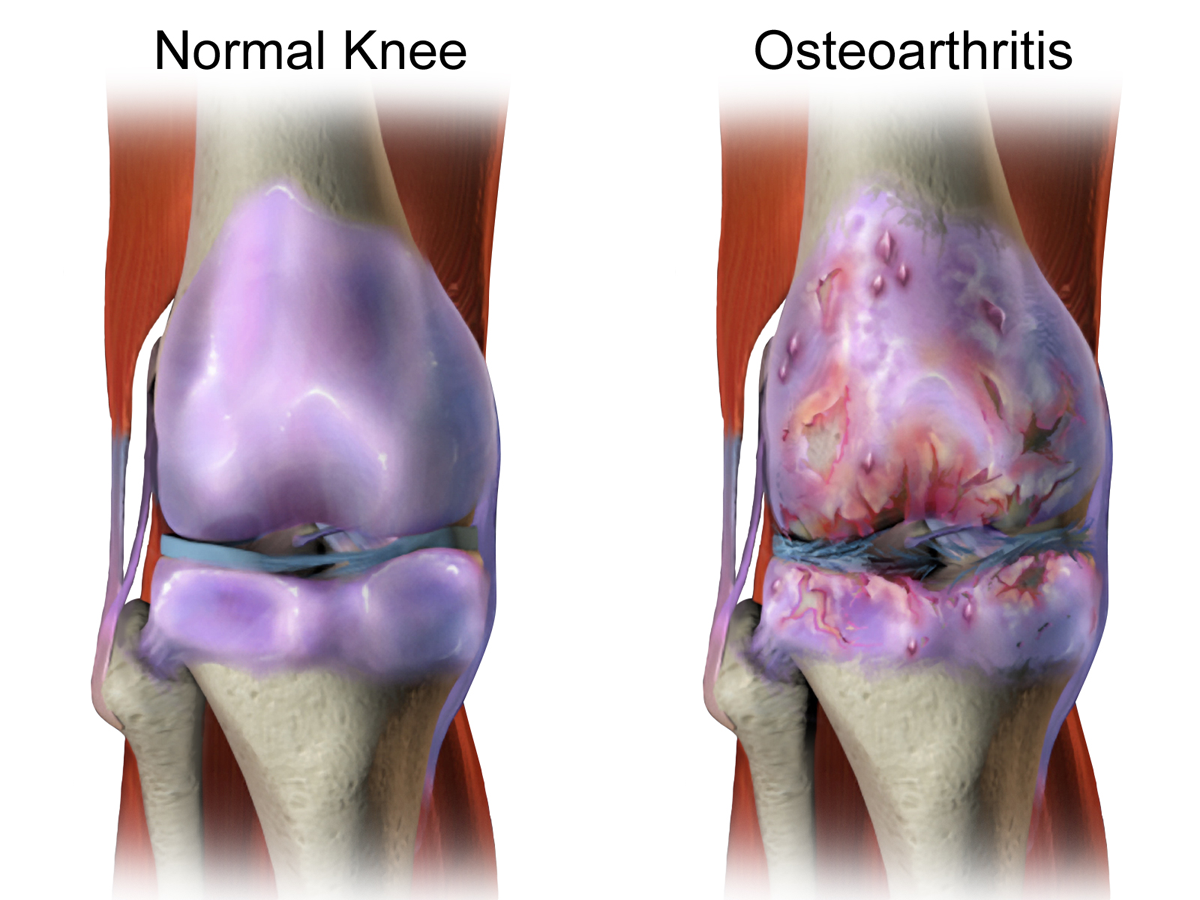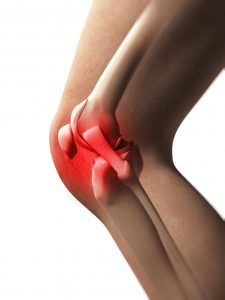
1. Apply heat or ice
- I’m sure you have heard conflicting ideas of whether you should use heat or ice for an injury or pain. Here’s the thing… both are good and can be beneficial but initially after an injury there are right and wrong ideas.
- Short term: within the first 24 hours you want to use ice to control any inflammation caused from an injury.
- Long term: typically we suggest using whichever feels best once it becomes chronic.
What it does: Heat opens up the blood vessels, decreases muscle spasms, and increases ROM to reduce joint pain and muscle pain.
- Use heat on: Injuries once swelling and bleeding subside, usually after 24-48 hours.
- Arthritis or anything else that causes joint stiffness. Chronic aches and muscle pains. Sore muscles to stimulate blood flow pre-workout.
What it does: Ice slows circulation and reduces pain, swelling and inflammation.
- Use ice on: Injuries that have occured within the past 24 hours. Areas that are swollen, inflamed or bruised. Recently strained, sprained, or pulled joints that are swollen or warm to the touch. Muscles to reduce wear and tear on the body post workout.
- Use heat on: Muscles that feel tight or achey. When you feel limited ability to stretch a muscle due to increased tension. Before beginning a static stretching routine.

2. Maintain full range of motion
- Your knee moves in 4 directions – flexion (bending) and extension (straightening) as well as internal rotation (medially) and external rotation (laterally). If you are lacking range of motion it may be caused by an injury to soft tissue (muscle, ligament, or tendon), injury to the meniscus, or chronic postural changes.
- Limitations in range of motion can alter the length of the muscles surrounding your joint which can lead to long term changes in the posture of your knee. It can also lead to utilizing abnormal patterns when moving around, sitting, or laying down – which can cause pain when doing activities such as walking, bending down, prolonged standing, or sleeping.
- Achieving normal knee mobility is easier than you think. By combining soft tissue mobilization with simple stretching at the correct frequency and intensity, you can improve your knee range of motion.

3. Add Natural Anti-Inflammatories into your Diet
- Arthritis is a term that refers to diminished space in a joint, which can cause joint pain, stiffness, and swelling, along with other joint related symptoms. When you have inflammation in the joint it can contribute to the already diminished space causing poor mobility of your joint and lead to pain.
- According to some sources, apple cider vinegar (ACV) has anti-inflammatory properties that can help relieve arthritis and other types of pain.
- Popular advice for decreasing pain related to arthritis is to consume increased amounts of collagen, gelatin, or pectin, and raw foods. You may also want to avoid pasteurized and homogenized dairy, grains or soy products that are not properly prepared to help remove anti-nutrients, alcohol, refined sugar, acidic foods, and nightshade vegetables – such as tomatoes, potatoes, and eggplant.
- Natural anti-inflammatories are present in a wide array of fruits and vegetables with higher concentrations found in the following foods:
- Turmeric, green leafy veggies, tart cherries, berries, broccoli, cabbage, wild caught fatty fish and fish oil, avocados, green tea, mushrooms, peppers, walnuts, tomatoes, cacao…the point is get a wide variety of fresh and colorful fruits and veggies

Your Next Move….
Are you looking for more information and someone to tell you what is going on with your knee pain!? Come in for a free screen with one of our therapists.
It’s a 30 minute 1-on-1 appointment with a Physical Therapist where you get the following…
1. A DIAGNOSIS: Discover the cause of your pain so that you can attack the problem successfully.
2. A PROGNOSIS: Find out how long it will take to fix your knee pain for good so you can get back to all the activities you used to do before your injury.
3. A PLAN: Your Physical Therapist will lay out a clear plan that outlines what will be required to get you back to normal.
All you need to do to get started is to call (610) 839 – 8764 and pick your time and location. We look forward to meeting you and getting you back to normal!


